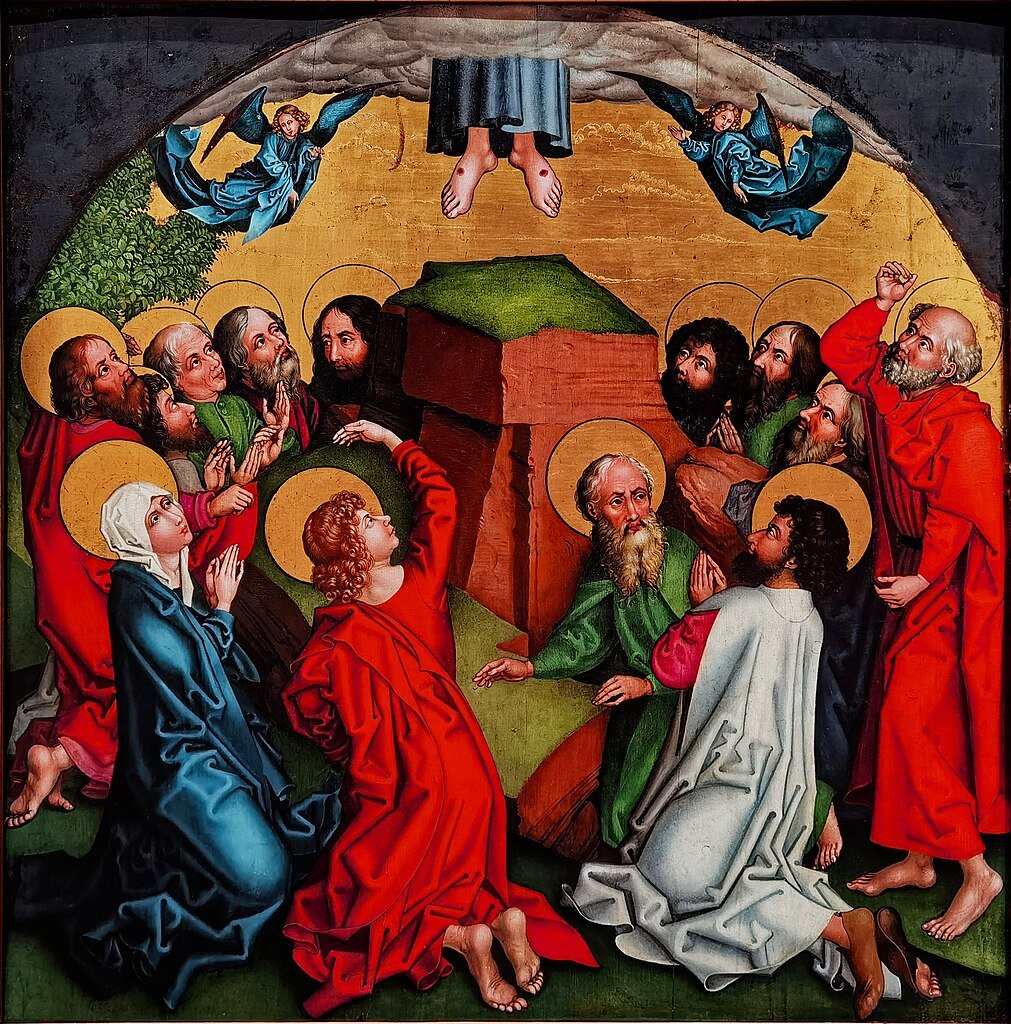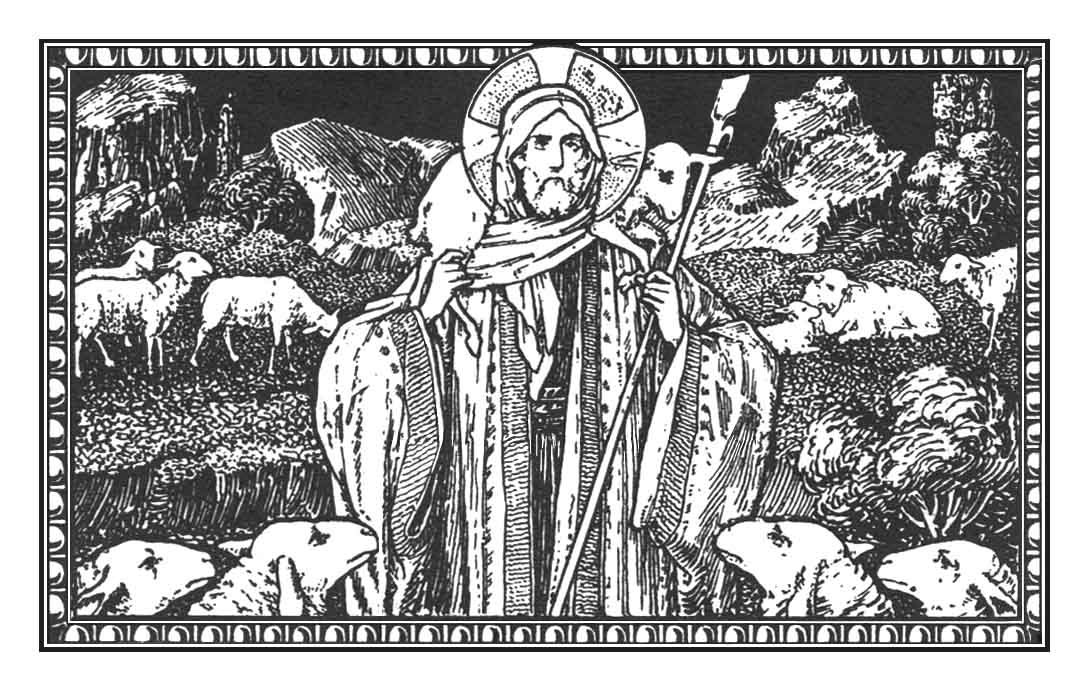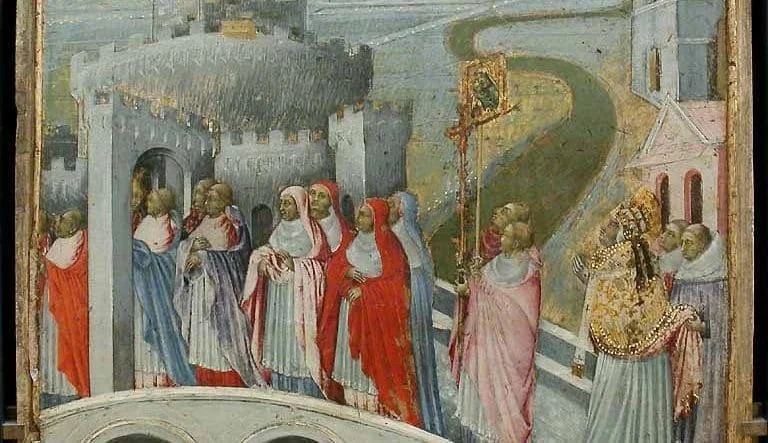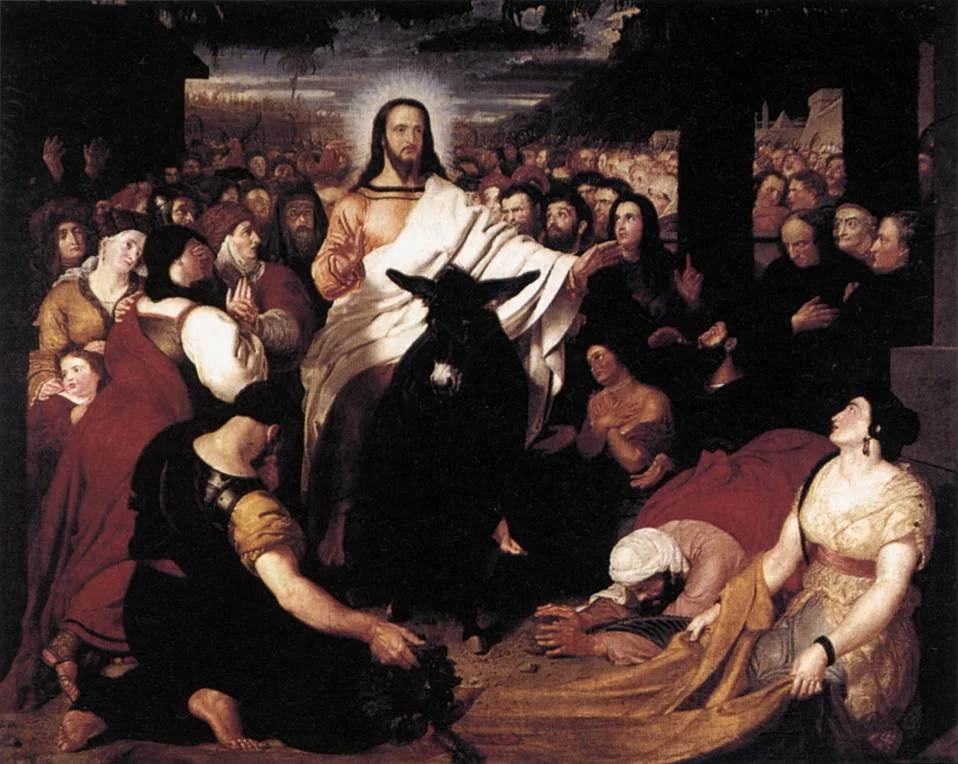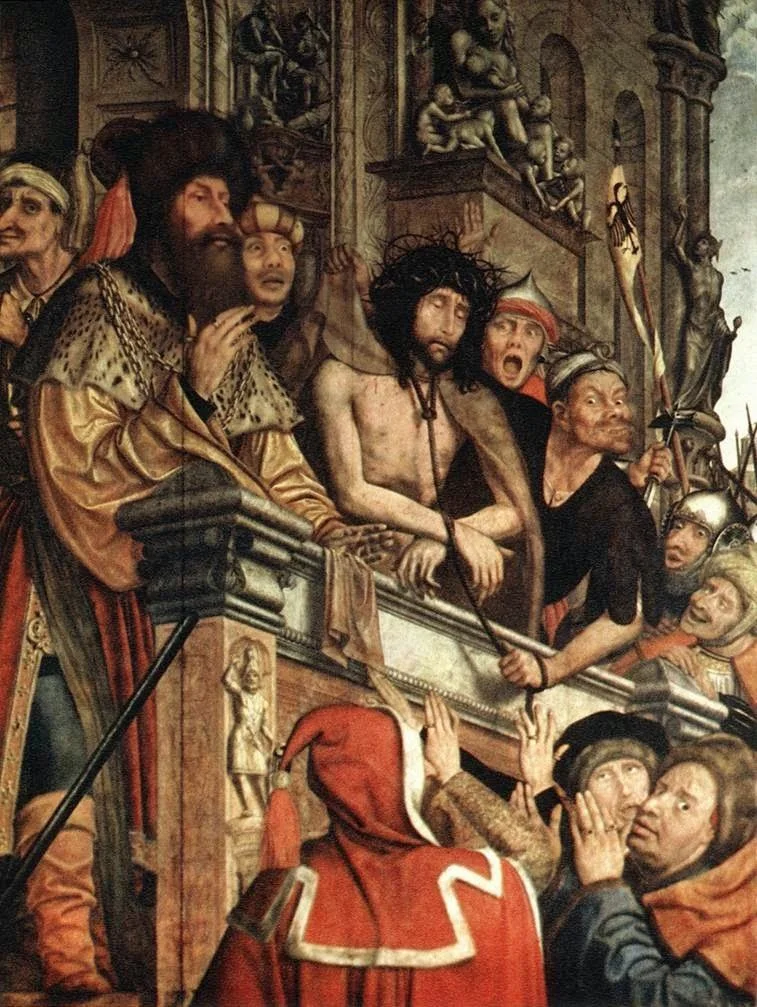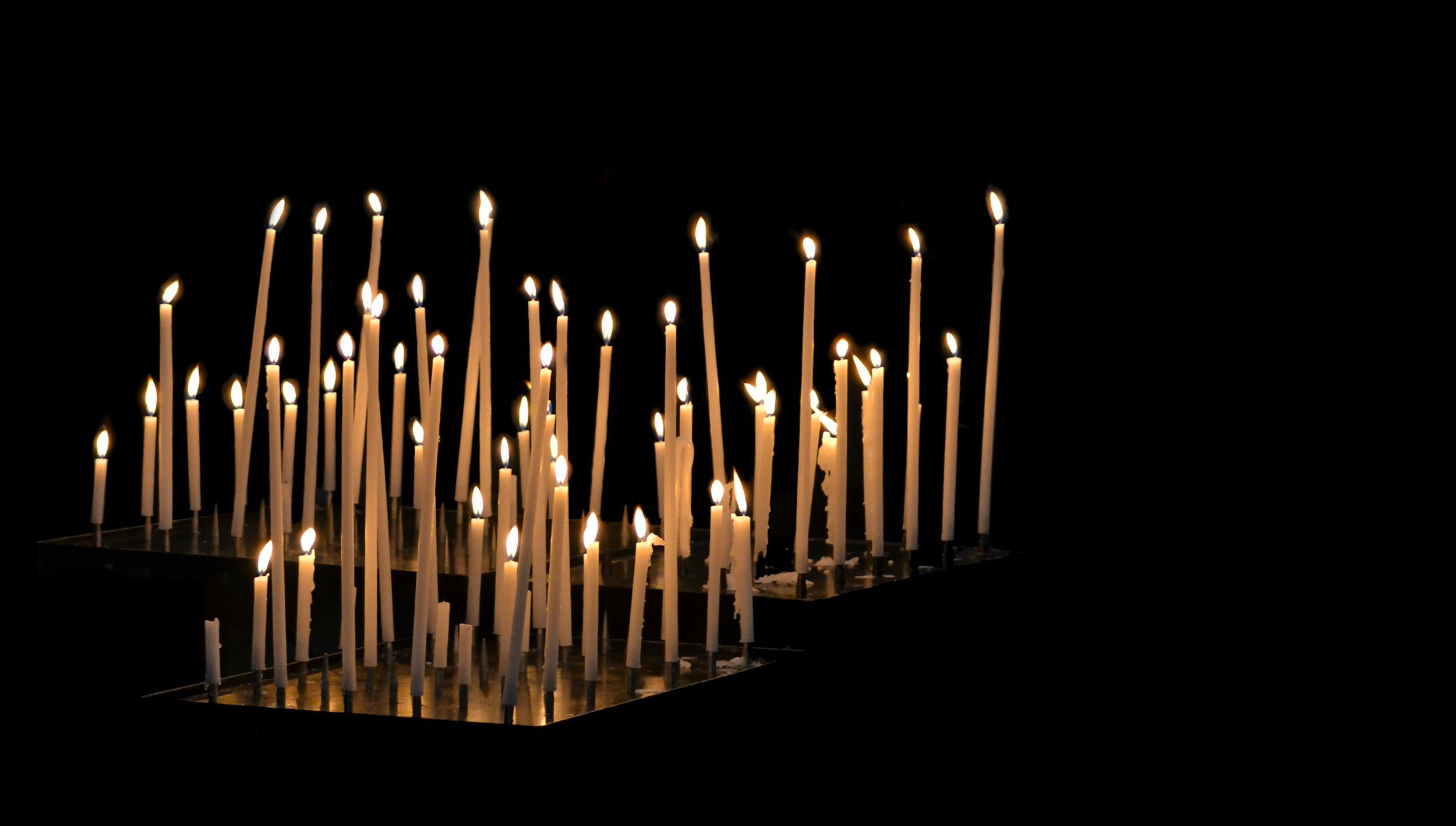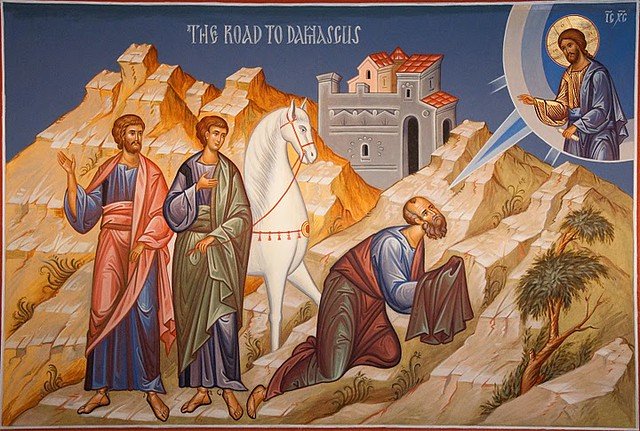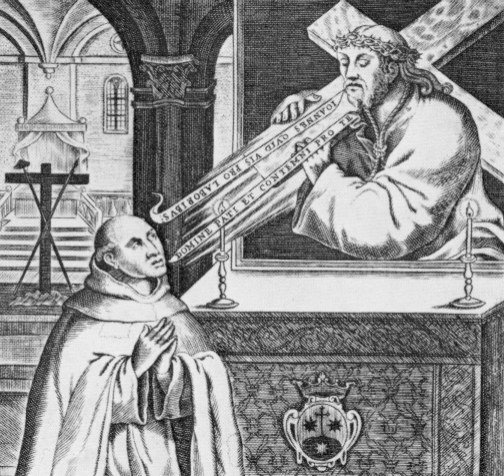UVM News and Readings: Summer 2025
Bishop Ruggieri Attends TLM Confirmation Mass at the Basilica
On May 11th, seven children from the TLM community received the sacrament of Confirmation from Bishop Ruggieri at the Basilica of Ss. Peter & Paul in Lewiston. Our thanks to Will Martin for his splendid photos of the occasion.



Pope Leo XIV: There is a great need to recover sense of mystery
As Catholics commence the inevitable parsing of word and gesture to try to glean some idea of where our new Holy Father may lead the Church, it seems reasonable for the TLM community to welcome remarks he gave in May in an address to the participants in the Jubilee of the Eastern Churches.
“We have great need to recover the sense of mystery that remains alive in your liturgies, liturgies that engage the human person in his or her entirety, that sing of the beauty of salvation and evoke a sense of wonder at how God’s majesty embraces our human frailty! It is likewise important to rediscover, especially in the Christian West, a sense of the primacy of God, the importance of mystagogy and the values so typical of Eastern spirituality: constant intercession, penance, fasting, and weeping for one’s own sins and for those of all humanity (penthos)! It is vital, then, that you preserve your traditions without attenuating them, for the sake perhaps of practicality or convenience, lest they be corrupted by the mentality of consumerism and utilitarianism.
Your traditions of spirituality, ancient yet ever new, are medicinal. In them, the drama of human misery is combined with wonder at God’s mercy, so that our sinfulness does not lead to despair, but opens us to accepting the gracious gift of becoming creatures who are healed, divinized and raised to the heights of heaven. For this, we ought to give endless praise and thanks to the Lord. Together, we can pray with Saint Ephrem the Syrian and say to the Lord Jesus: ‘Glory to you, who laid your cross as a bridge over death… Glory to you who clothed yourself in the body of mortal man, and made it the source of life for all mortals” (Homily on our Lord). We must ask, then, for the grace to see the certainty of Easter in every trial of life and not to lose heart, remembering, as another great Eastern Father wrote, that “the greatest sin is not to believe in the power of the Resurrection’ (SAINT ISAAC OF NINEVEH, Sermones ascetici, I).”
The Liturgical Year
Very Rev. Dom Prosper Guéranger Abbot of Solesmes, 1833-1875
June 8 - Pentecost (Whitsunday)
The great day, which consummates the work that God had undertaken for the human race, has, at last, shone upon the world. The days of Pentecost, as St. Luke says, are accomplished. (Acts 2:1) We have had seven weeks since the Pasch; and now comes the day that opens the mysterious number of Fifty. This day is the Sunday, already made holy by the Creation of the Light, and by the Resurrection of Jesus; it is about to receive its final consecration, and bring us the fullness of God. (Ephesians 3:19)
In the Old and figurative Law, God foreshadowed the glory that was to belong, at a future period, to the Fiftieth Day. Israel had passed the waters of the Red Sea, thanks to the protecting power of his Paschal Lamb! Seven weeks were spent in the Desert, which was to lead to the Promised Land; and the very morrow of those seven weeks was the day whereon was made the alliance between God and his people. The Pentecost (the Fiftieth Day) was honored by the promulgation of the ten commandments of the Divine Law; and every following year, the Israelites celebrated the great event by a solemn Festival. But their Pentecost was figurative, like their Pasch: there was to be a second Pentecost for all people, as there was to be a second Pasch for the Redemption of the whole world. The Pasch, with all its triumphant joys, belongs to the Son of God, the Conqueror of death: Pentecost belongs to the Holy Ghost, for it is the day whereon he began his mission into this world, which, henceforward, was to be under his Law...
Jerusalem is filled with pilgrims, who have flocked thither from every country of the Gentile world: they feel a strange mysterious expectation working in their souls. They are Jews, and are come from every foreign land where Israel has founded a Synagogue; they are come to keep the feasts of Pasch and Pentecost. Asia, Africa, and even Rome, have here their representatives. Amidst these Jews properly so called, are to be seen many Gentiles, who, from a desire to serve God more faithfully, have embraced the Mosaic law and observances; they are called Proselytes. This influx of strangers, who have come to Jerusalem out of a desire to observe the Law, gives the city a Babel-like appearance, for each nation has its own language. They are not, however, under the influence of pride and prejudice, as are the inhabitants of Judea; neither have they, like these latter, known and rejected the Messias, nor blasphemed his works whereby he gave testimony of his divine character. It may be that they took part with the other Jews in clamoring for Jesus’ death, but they were led to it by the chief priests and Magistrates of the Jerusalem which they reverenced as the holy City of God, and to which nothing but religious motives have brought them.
It is the hour of Tierce, — the third hour of the day, (Our 9 o’clock, Acts 2:15) — fixed from all eternity, for the accomplishment of a divine decree. It was at the hour of midnight, that the Father sent into this world, that he might take flesh in Mary’s womb, the Son eternally begotten of himself: so now, at this hour of Tierce, the Father and Son, send upon the earth the Holy Spirit who proceeds from them both. He is sent to form the Church, the Spouse and Kingdom of Christ; he is to assist and maintain her; he is to save and sanctify the souls of men; and this his Mission is to continue to the end of time.
Suddenly is heard, coming from heaven, the sound of a violent wind: it startles the people in the City, it fills the Cenacle with its mighty breath. A crowd is soon round the house that stands on Mount Sion; the hundred and twenty Disciples that are within the building, feel that mysterious emotion within them, of which their Master once said: The Spirit breatheth where he will, and thou hearest his voice. (John 3:8) Like that strange invisible creature, which probes the very depth of the sea and makes the waves heave mountains high, this Breath from heaven will traverse the world from end to end, breaking down every barrier that would stay its course.
The holy assembly have been days in fervent expectation; the Divine Spirit gives them this warning of his coming, and they, in the passiveness of ecstatic longing, await his will. As to them that are outside the Cenacle, and have responded to the appeal thus given, let us, for the moment, forget them. A silent shower falls in the House; it is a shower of Fire, which, as holy Church says (in the Responsory for the Thursday within the Octave), “burns not, but enlightens—consumes not, but shines.” Flakes of fire, in the shape of tongues, rest on the heads of the hundred and twenty Disciples: it is the Holy Ghost taking possession of all and each. The Church is not not only in Mary, but also in these hundred and twenty Disciples. All belong now to the spirit that has descended upon them; his kingdom is begun, it is manifested, its conquests will be speedy and glorious.
Editor’s Note: There will be no UVM newsletter for July and August. Have a wonderful summer!








